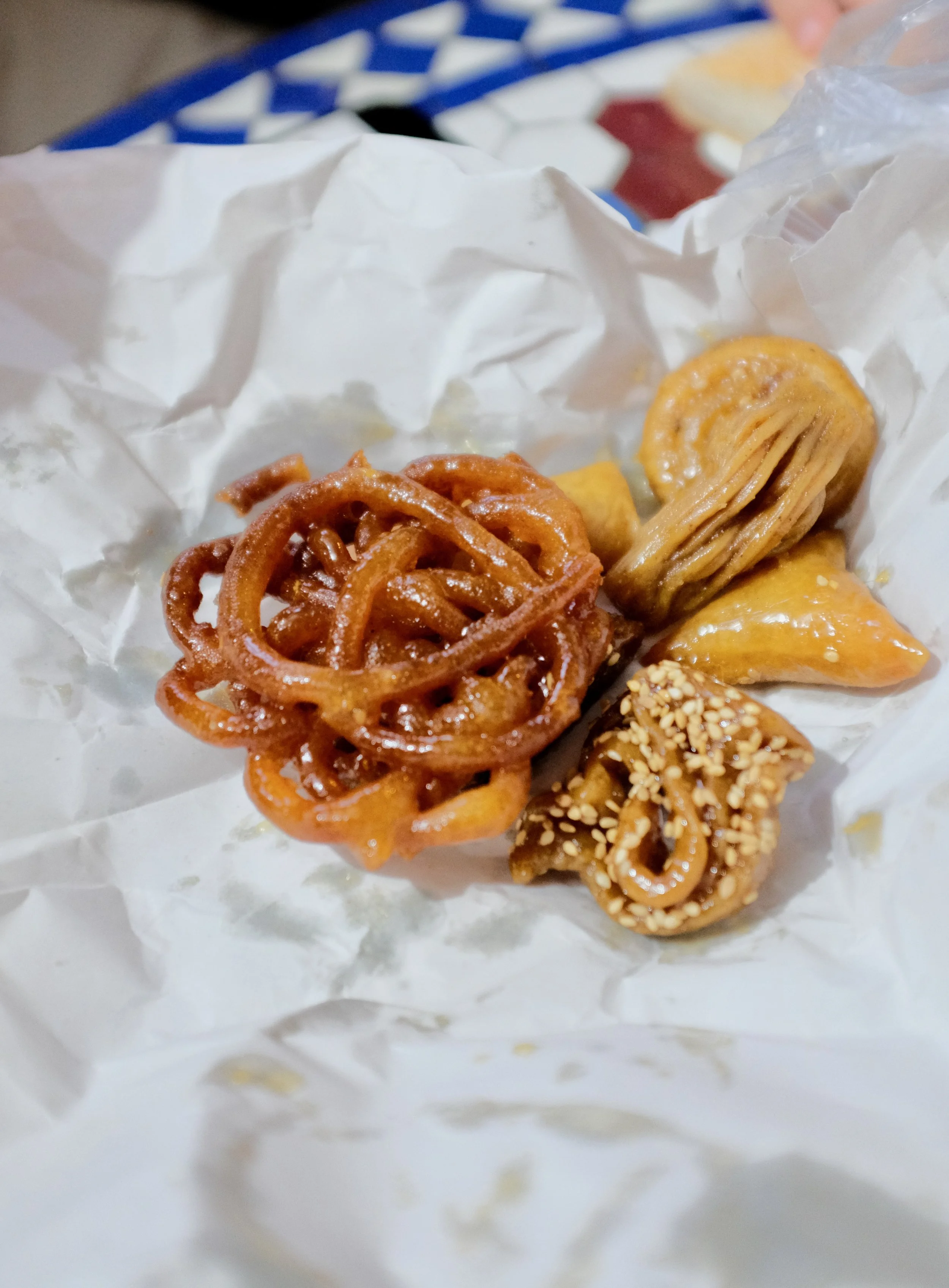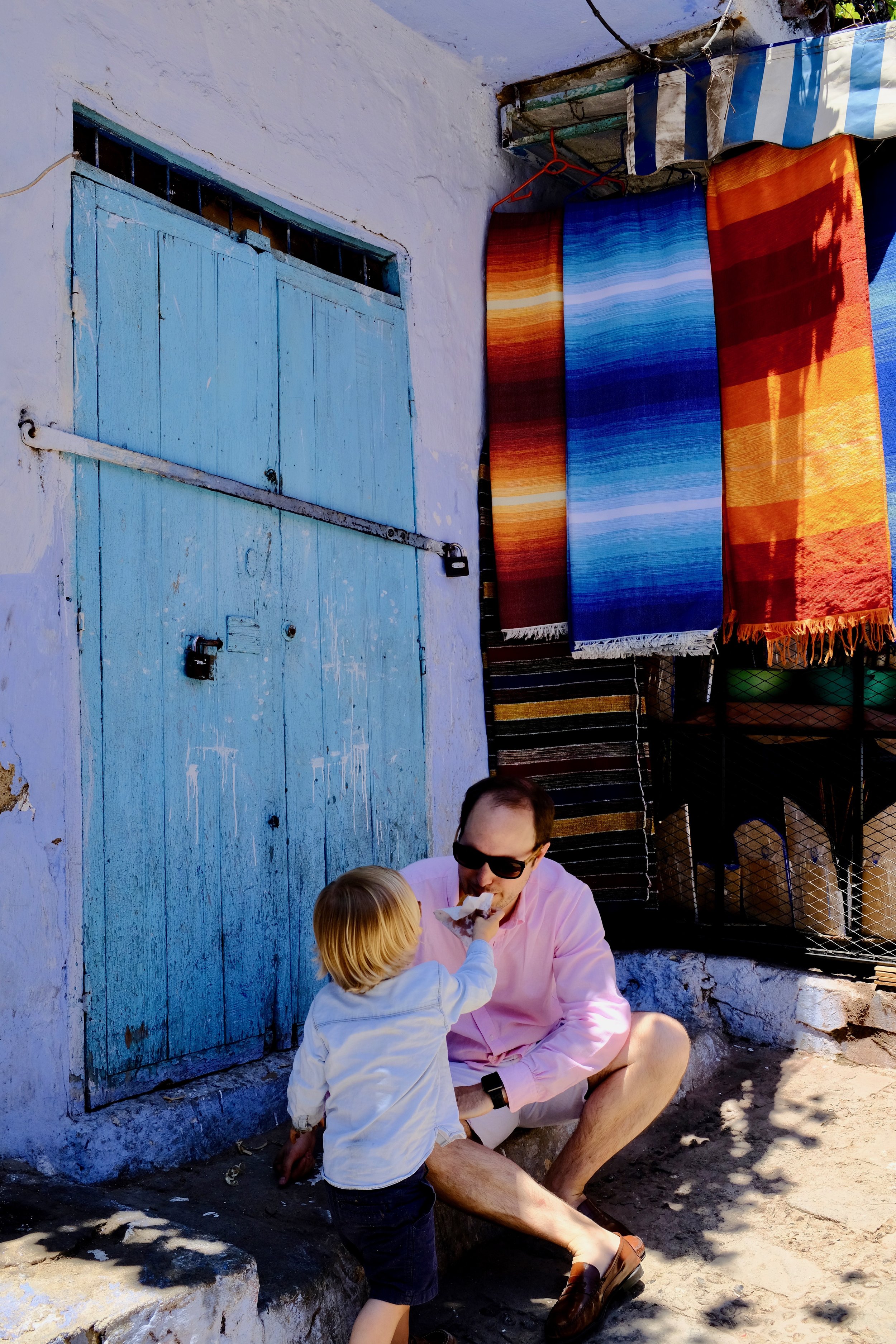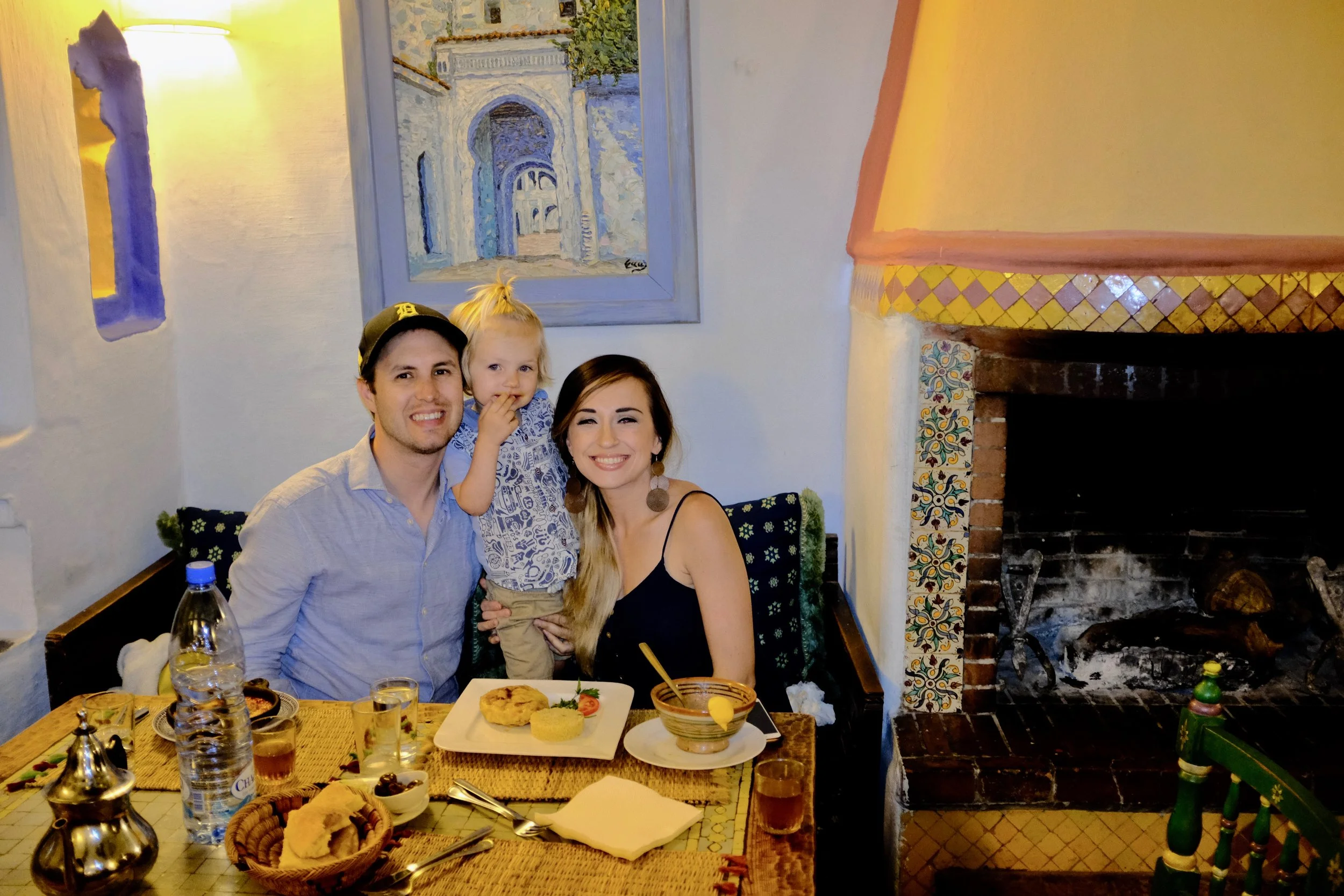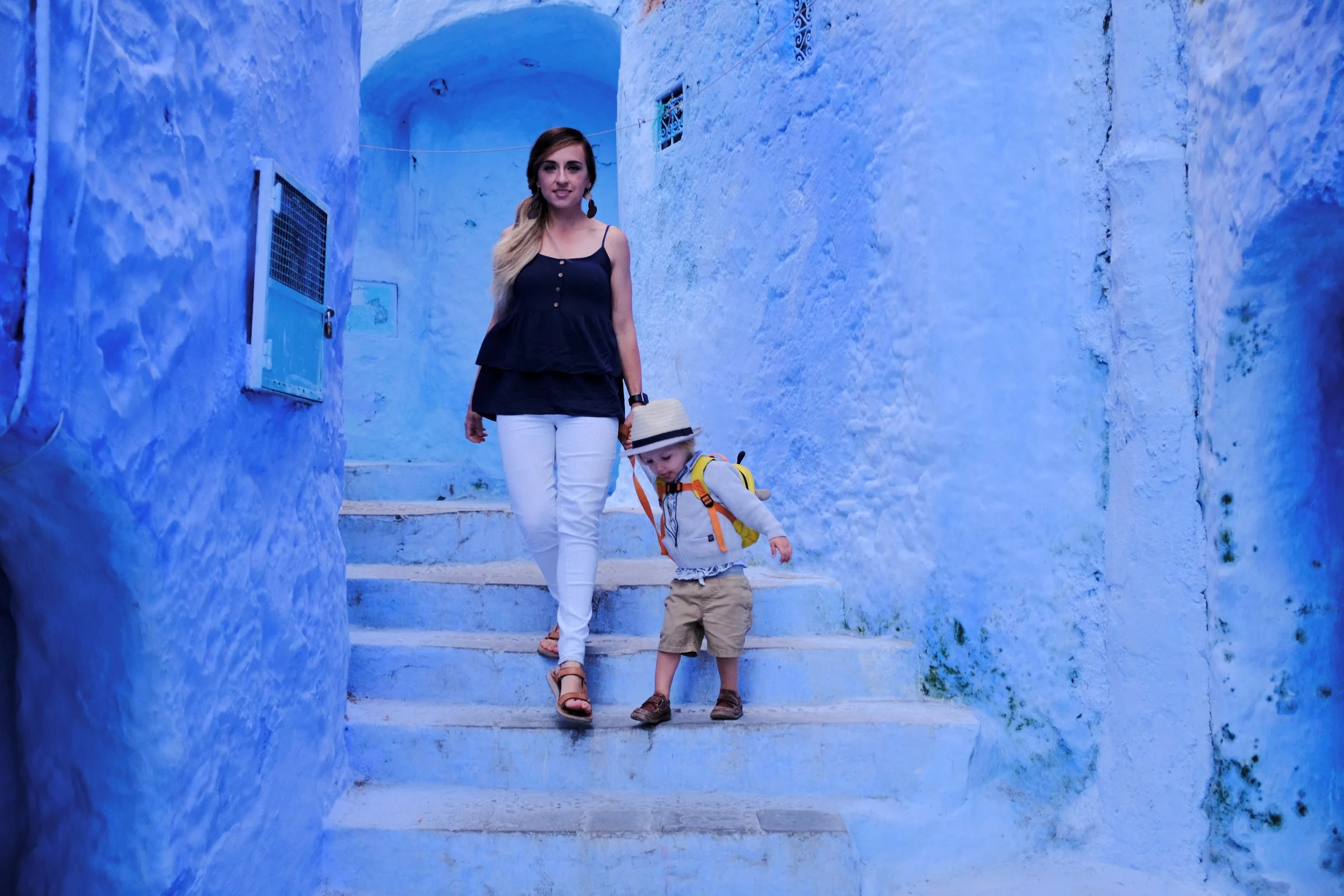Moroccan Pastries – My Favorite Moroccan Treat
No country has a lock on the best sweets. In Paris, you’ll find chocolate éclairs. In Thailand, you’ll find mango sticky rice. In Spain, you’ll find arroz con leche. In America, you’ll find chocolate chip cookies. All are delicious and amazing in their own ways.
Morocco is no stranger to a sweet treat. In Morocco, you’ll find the delicious, “Moroccan Pastry.”
I was very skeptical at first. Some vendors that sell these little treats aren’t the most hygienic, and the thought of eating them made me sick. They sell the pastries from a table or a booth right in the outside air with no coverings. You’ll often see flies landing on the pastries here and there, sucking the honey off of them. This was a tad off-putting to me and made me lose all desire to try them. It was Nate that was brave and finally buckled down and ordered a few from a woman whose booth looked very well kept, covering her pastries. Once I tried one and got over the lack of American standard of cleanliness, I was hooked. For the rest of our trip in Morocco, I was constantly searching them out. I wanted to eat all the Moroccan pastries that I could find. Boy, was that a switch.
What is a Moroccan Pastry?
A traditional Moroccan pastry is made from a simple white flour dough recipe, and/or almond flour, mixed with hints of spice such as cinnamon, anise, turmeric, cardamom, and saffron. They are cut and shaped into different intricate designs and fried in oil. Then, they are drenched and left to sit in a honey glaze, often times mixed with a bit of orange flower or rose water. Sometimes you’ll see them sprinkled with sesame seeds. Some types have a nut and date filling on the inside while others have no filling. There is a lot of variety within the Moroccan pastry. These recipes are passed down for generations and have centuries of practice.
When you visit any Moroccan city, you are bound to come across these special treats. They aren’t to be missed. And, they are cheap! Don’t make the mistake of spending the first part of your trip in Morocco passing these treats up like I did. Every person will make them slightly different in taste and design, so be sure to grab some from several different sellers. Eat some while you’re wandering the streets and make sure to take some to go to enjoy later. These Moroccan pastries are most often enjoyed during Ramadan or other special occasions, but you’ll find them during other times of the year as well, but maybe in not such a vast quantity. We were lucky enough to visit during Ramadan, so our selection was very grand. If you find somebody making them fresh, you’ve hit the jackpot. Order an extra one for me.
Sharing and Making Friends
During our week long trip to Morocco, we spent a couple of days in Chefchaouen. We bought some Moroccan pastries and started heading on our way, wandering through the beautiful blue streets. We saw a little girl with her mom and sister that looked about Jimmy’s age. She was hanging out by her front door. She caught Jimmy’s attention, and he started heading in her direction.
We had been talking a lot to Jimmy about sharing during that time and how it’s nice to share our toys and things with our friends. Maybe we had engrained that into his mind a little too much because, well, sharing he did. All on his own, he went over to this little girl and started sharing his Moroccan pastry with her. He held it up to her mouth, and to our surprise, she happily opened up her mouth and started to eat it. She was delighted to have a bite! Jimmy would then wait for her to chew, take a bite himself, and then offer her another bite which she gladly accepted. It was the cutest encounter of our whole trip, and I’m so glad Nate captured it on camera.
Then Jimmy got a gift of his own, a big kiss on the cheek from the little girl’s mom. She reached over and laid a big kiss on on him while he continued to nibble his Moroccan pastry. She was so delighted that he had shared with her daughter, and she couldn’t stop touching his shiny blonde hair. The Moroccan people are so friendly, especially with kids. Minus the language barrier, I felt like our families could have been great friends. They were such kind people. It’s amazing how a simple Moroccan pastry mixed with childlike love, can create such a strong human connection.
Later, Jimmy shared the rest of his pastry with his dada. Can’t go to Morocco yourself to try out these pastries? If you are feeling brave and want to make these delectable pastries at home, this is a good recipe for a traditional Moroccan pastry. This particular one is called, Chebakia. This recipe has a lot of steps and is quite difficult to master, so I’ve heard, but could be fun to try. Good luck!
Have you tried a Moroccan pastry? What did you think? Feel free to leave me a comment below!














